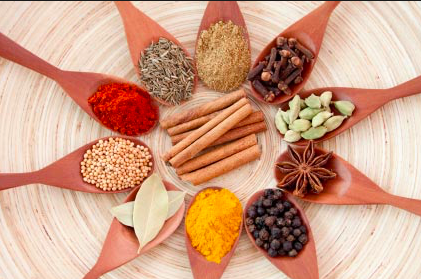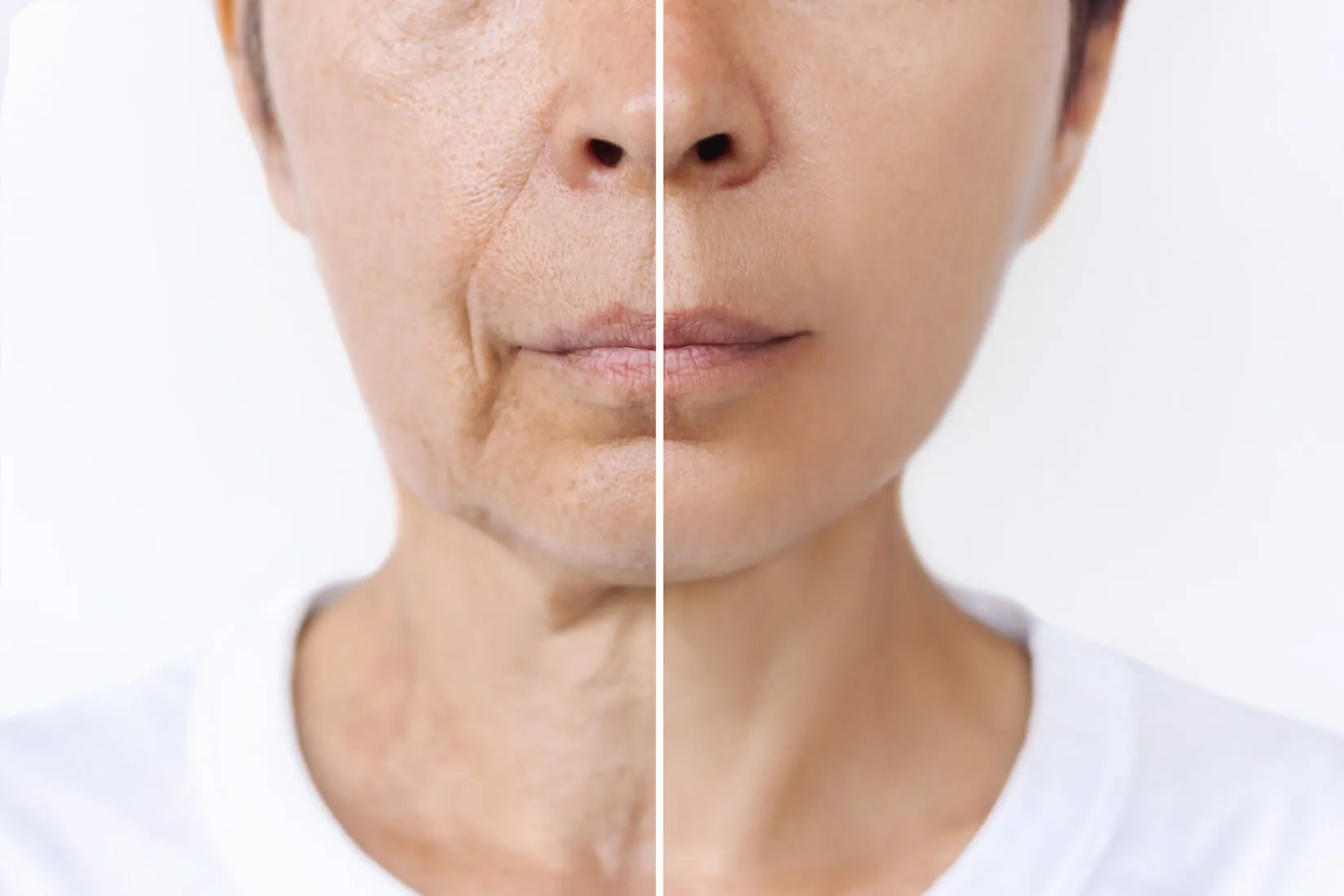Antioxidants protect the body from damage caused by free radicals. What’s a free radical you ask? A free radical is a harmful molecule that causes damage to the body’s cells and may contribute to aging. Some experts believe that this damage also plays a role in the development of some diseases including atherosclerosis and cancer. Free radicals come from a variety of sources. They come about naturally as by-products of normal body processes or when certain medications are metabolized. You are also exposed to free radicals through pollutants in the air.
A useful metaphor to understand antioxidants and free radical damage is to think of the paint on an old car. As the paint is exposed to the elements, it slowly breaks down or becomes oxidized and you can see the effects of the oxidation in the way the finish looks faded and dull. Think of free radical damage as having a similar oxidative effect on your cells, and antioxidants as protection from that damage, which happens on a continuous basis through daily living.
Vitamin C and vitamin E are considered antioxidants, as are the mineral selenium and plant-based nutrients known as flavonoids. Of course, eating lots of fruits and vegetables is a good source of these antioxidants. Berries in particular are high in antioxidants (especially blackberries and blueberries). Also notably high in antioxidants are apples, plums, prunes, grapes, raisins, oranges, peaches, mangoes, melons, and artichoke hearts. Walnuts and pecans are also high in antioxidants, and of course dark chocolate is famously high in antioxidants. But there are also many culinary herbs that are incredibly potent antioxidants, so the more of these herbs you add to your food, the better! Many of them have other added benefits as well. Some examples of antioxidant herbs that do double duty…
- Cloves have antimicrobial properties and are the strongest of all the antioxidant culinary herbs
- Cinnamon is a potent antioxidant and also helps metabolize sugar
- Oregano has antibacterial and antioxidant properties and can speed up the production of white blood cells
- Turmeric and ginger are potent anti-inflammatory and antioxidant herbs
Other culinary herbs that are good sources of antioxidants are cumin, dried parsley, curry, sage, mustard seed, black pepper, thyme, marjoram, and chili powder, so spice it up! India is known for having a lower incidence of most diseases, possibly because of the heavily spiced foods common in the Indian diet. So make your way to Bombay Clay Oven or Little India here in Denver for some curry or masala. Or better yet, learn to cook some delicious Indian dishes at home! Onward with our antioxidant discussion…
Dr. Shah’s favorite antioxidant is astaxanthin, which is a red carotenoid. It is a uniquely superior antioxidant because it filters into every cell of the body. And its unique molecular lipophilic and hydrophilic properties allow it to saturate the entire cell, protecting both the fat-soluble and water-soluble parts of the cell. A 2007 study found it to be 6,000 times stronger than vitamin C, 800 times stronger than CoQ10, and 550 times stronger than green tea.
Astaxanthin is what makes salmon, shrimp, lobster, and crab pink or red in color. Astaxanthin also has a variety of other benefits in addition to being a great antioxidant. A naturally derived supplement made from microalgae is the best way to get all of the benefits. Eating the seafood mentioned above gives you a little but doesn’t give you enough to be considered a therapeutic dose. There have been hundreds of medical research experiments showing the health benefits of astaxanthin supplements sourced from microalgae as well as extensive safety trials. And unlike beta-carotene, an orange carotenoid, astaxanthin never becomes pro-oxidant or damaging to the body in higher doses. Just make sure you are taking a supplement with only microalgae as the source of astaxanthin. 12 mg per day is an optimal dose, however it is expensive so you may want to take less.
The other benefits of super-antioxidant astaxanthin:
Relieving pain and inflammation — Similar to the often prescribed drug Celebrex for arthritis and acute pain, astaxanthin has been proven to block the COX2 enzymes responsible for pain signaling but without the risk of addiction, heartburn, or GI bleeding. It has also been proven to reduce C-reactive protein (CRP) by more than 20 percent in only 8 weeks. (CRP is a marker for inflammation, and the American Heart Association names it as a key indicator of heart disease.)
Eye health — Astaxanthin has the unique ability to reach your retina with its antioxidant goodness. Clinical trials have shown that it helps with retinopathy, macular degeneration, eye strain, and even helps you read fine print. Dr. Shah has noticed the improvement in his eyesight since taking astaxanthin.
Great skin and sunscreen protection — There are consistent studies showing that astaxanthin is excellent for helping maintain skin moisture, smoothness, and elasticity. And it actually reduces UV damage from the sun, so take it with you (along with your sunscreen, of course) to the beach or your favorite Colorado hiking trails!
So there you have it, folks! Hopefully you have learned something you didn’t already know about the wonderful world of antioxidants. If you have any questions about antioxidants or nutrition, please drop us a line at info@drmanishshah.com. (Note: Dr. Shah has no financial interest in the manufacture or sale of any astaxanthin products.)







